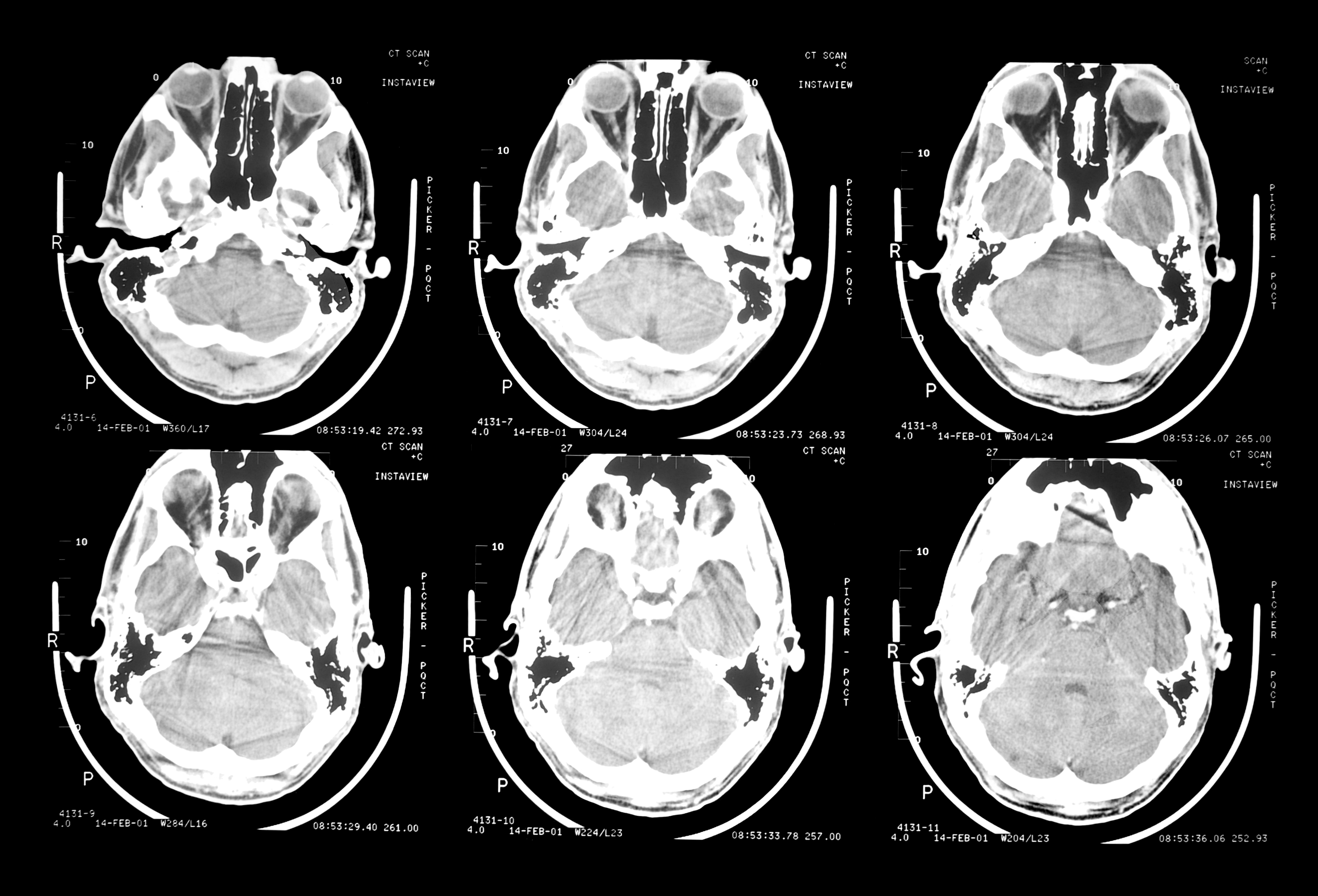Axons play two critical functions in the brain. They release neuro-chemicals from brain cells to other brain cells, and they transport nutrients from the environment into the brain cell to keep it alive. Axons are held together by structural supports called microtubules which can flex without breaking when force is applied slowly to the brain. But when force is applied too rapidly the axons are sheared (i.e. snapped in half) and the brain cell dies. Why does this occur?
The protein tau (which is best known for clumping up axons in the brains of patients with Alzheimer’s disease) is a key factor in how this process occurs . Based on work published in March 2014 a team of experts at the University of Pennsylvania (including a neurosurgeon, bio-engineers, and mathematicians) say that tau coils around the microtubules of axons the way that cross-ties compress and hold a bundle of sticks together. When a force is applied to the brain slowly these tau coils stretch cross-wise and allow the microtubules to adjust to the force by elongating up to double their normal length.
When a force is applied too abruptly (as in a fall or car crash) the tau coils do not have time to stretch which would transfer some of the energy away from the microtubules and give the microtubules a chance to elongate. This is why the microtubules break and form huge swellings called axon retraction balls which block nutrients from being transported into the brain cell. Below is an illustration of how tau protein coils hold axonal microtubules together in a normal brain.


Recent Comments